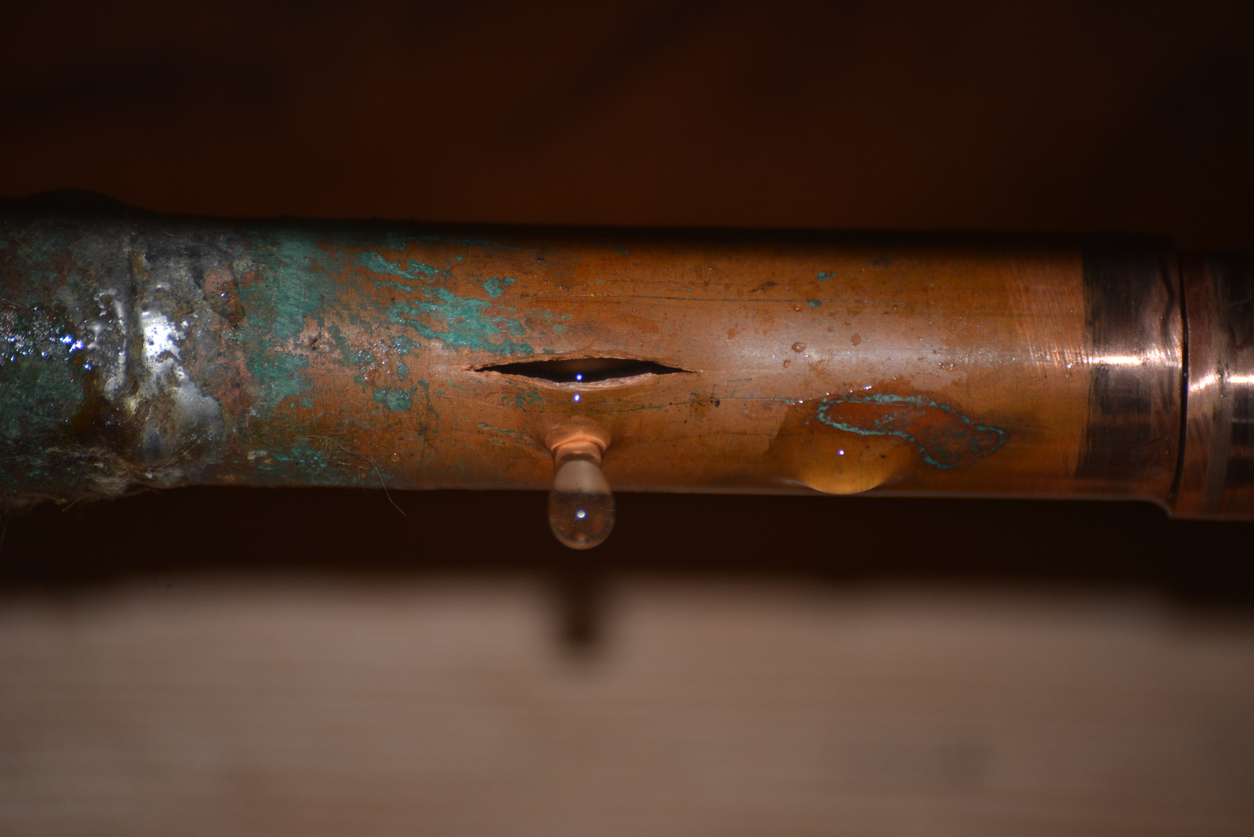(Note: This Guest Blog is by Ruck DeMinico, Knowledge Manager at Merlin Law Group).
My wife and I were reviewing our homeowner’s policy this weekend, and she was unaware of a few things that all homeowners must know. I am sure there are many more people in her situation. While this blog may be elementary to those who work in insurance, on the off chance that a novice reads this blog, I would like to mention three of the most important things every homeowner should know when updating their insurance for the hurricane season.
First, flood insurance is absolutely essential. Most property insurance policies specifically exclude coverage for floods and also contain an anticoncurrent causation clause, which prohibits recovery when a covered peril and a flood combine to cause a loss. For example, hurricane winds may devastate the structure of a home and then a storm surge floods it. Because the covered windstorm combined with the not-covered flood to cause the loss, the insurer will not cover it. In the litigation following Hurricane Katrina, courts routinely enforced anticoncurrent causation clauses, leaving those without flood insurance devastated, with no means of recovery.
Flood coverage is available through the National Flood Insurance Program, and can be purchased through FEMA or authorized private carriers. The premiums are relatively inexpensive and recovery is limited to $250,000. In many hurricane situations however, it could be the only recovery a homeowner can get.
Second, estimated replacement value rarely equals the actual costs of repair. A homeowner may have determined the replacement cost of his home based on the purchase price or current market value. However, after a loss, the home is to be repaired, not simply replaced, and the cost of repairing the structure can far exceed the estimated replacement costs. Debris removal, specialized work to dry out walls, and new building codes can push the repair costs well over the replacement value limit. Additional factors such as temporarily high prices in the wake of a catastrophe can also significantly increase the repair costs.
To ensure that the replacement value of a property is accurate, a homeowner could ask an expert, such as a contractor, who is knowledgeable about the current costs of construction, including current costs of materials and code requirements. The cost of recently remodeled houses in the same neighborhood could also provide a basis for a more accurate estimate of replacement costs.
Third, Additional Living Expense Coverage, which pays for temporary housing when a covered event renders the covered home uninhabitable, could make the difference for a family after a loss. Many families could not afford their mortgage, car payments, and other monthly bills if they had the added expense of rent while their home is repaired after a storm.
Again, this blog may be unexciting for daily readers or those who work in insurance, but if it helps one homeowner, it was certainly worth it.
Look for tomorrow’s blog; Chip is back from Italy.



